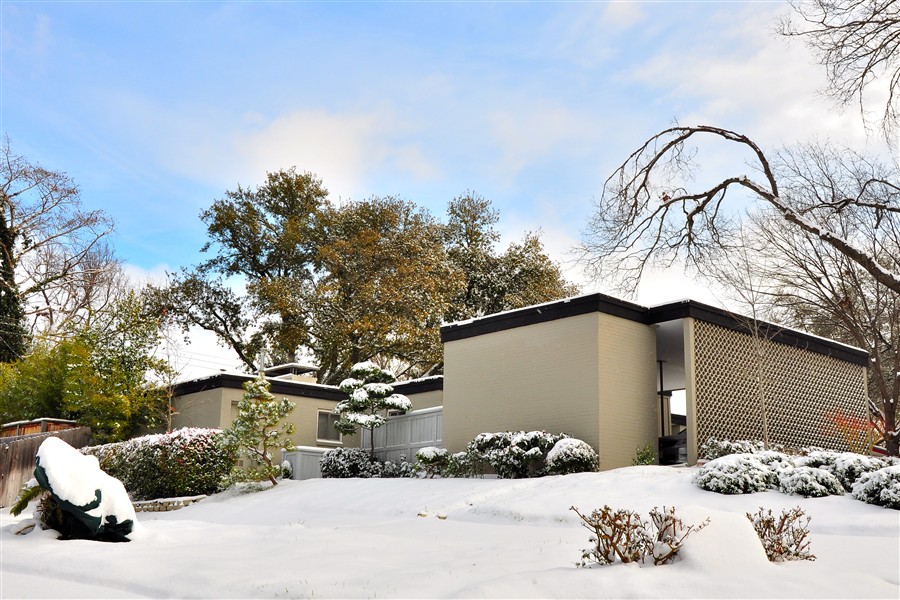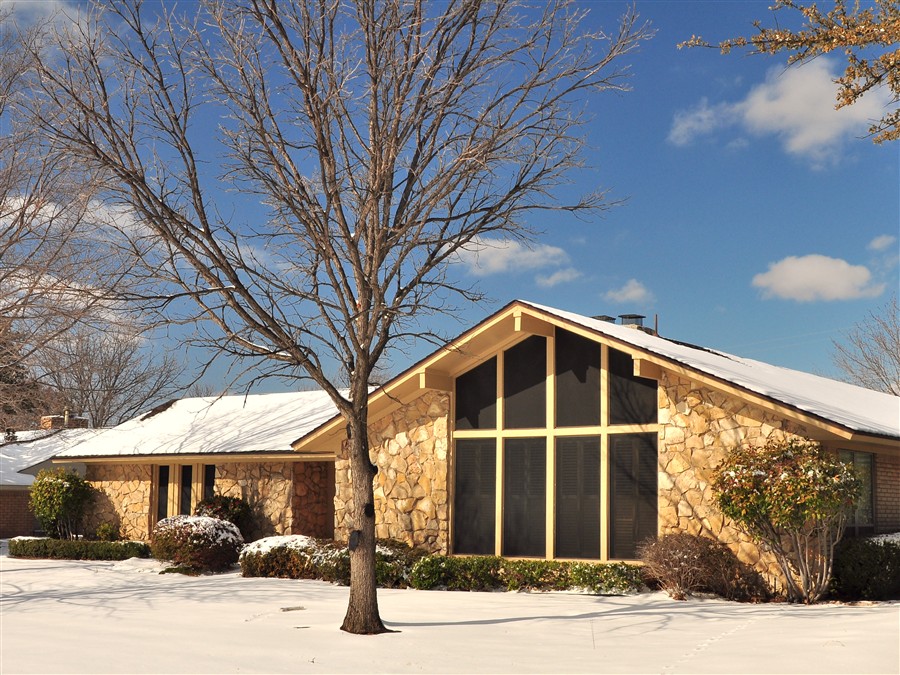Nikon D90, Nikkor 18-105mm lens at 18mm, f/16, 1/100 sec shutter speed
Lately I've been reading Bryan Peterson's book "Understanding Exposure". What a treasure trove of great information to be had in one place! Even in the short amount of time I've spent reading it, I will forever credit Mr. Peterson and this book for changing my understanding of photographic exposure, and for favoring manual metering of most scenes vs. relying strictly on the camera's auto selections, such as when "P" mode is selected.
I think every learning DSLR photographer must undergo similar rites of passage. You get a new camera, you go out shooting, and upon uploading your snaps to your home computer you find yourself delighting in some, unimpressed by others, and downright frustrated by yet other shots. You might think, "Why isn't such and so photo sharp enough? I mean my Nikanon DXL2011 has auto focus, auto white balance, auto exposure and metering, and even a kitchen sink that washes my dishes...so why can't it can't nail this shot?
That's just it...cameras don't nail shots, photographers do. I had to learn that, having once thought P mode could carry me through most any shooting requirement. On my particular Nikon D90 it certainly does do a great job a lot of the time, but after reviewing results from more recent photo outings, and upon reading Peterson's book, it became stark clear to me how I was limiting my growth as a photographer by not having a better grasp on the critical aspect of exposure, and by not taking the reigns of exposure control from the camera's auto programming and into my own hands.
So I'm reading Peterson's book and he's talking about aperture settings, how it can be used for what he calls creative exposure, meaning it's not just about getting exposure technically correct, but creatively correct. Huh? Yes, learn how aperture controls the outcome of a shot so that it can be used creatively to convey what I, the photographer, am seeing in my head when I stop to take a shot. How cool is that?
In the particular section of the book where he's discussing this he shows a snow scene. Well, it just so happens in my neck of the woods that, right in the midst of our metro region gearing up to host Super Bowl 2011, we got hit with a blast of snow and ice. Stuck at home because my workplace was closed, what better way to spend the day than taking my camera out into freezing weather and applying what I've learned in Peterson's book? Yes, us photogs are a crazy lot. We look outside the windows of our nice warm homes, see frigid air whipping around the snow, and say "Let's go shooting!"
Peterson discussed how smaller aperture openings combined with correct shutter speeds can assure that everything in the viewfinder will turn out tack sharp on film or digital media. Ah ha! This was one of my concerns, as I often like to shoot a landscape scene or other setting where I like everything in focus, as contrasted to when I want to draw the viewer's attention to a singular object via narrowing the depth of field to it, with everything behind it blurry. In a particular sharp snow shot in his book he speaks how he did it; he first metered the blue sky, lowered the camera and recomposed, and then shot his tree full of snow and red berries.
Metered the sky? What? Okay, I need to go outside and try this, I told myself. So I did:
By golly, look at that! Not only is it a pretty sharp photo, there's no blown highlights, another aspect of concern I had from my episodes of P mode shooting. Well, yes, it's harder to blow highlights on overcast days, but it can be done. Trust me. :)
While we're on the subject of shooting in the snow, some other things that have bugged me about snow shooting is having photos of snow scenes come out either where the snow is blue or dull gray. Part of that is likely a white balance issue, but I also must think it ties back into properly metering the scene from the start. Point and shoot cameras and P mode on DSLRs will simply guess, whereas I as the photographer must learn to optimize the light I have, such as I touched on in my last blog entry. So here I was out shooting today, full of Peterson's wisdom, and I'm noticing not only am I getting pretty sharp shots with few blown highlights, the snow looks like snow and not like dirty laundry or blue toilet bowl dye:
I was eager to apply this new found knowledge to when the sun was out, using perhaps a "sunny 16" aperture as a basis and then metering each shot manually from there. Well, the weather cooperated and the skies began clearing. Back out into the cold for more experimentation! Ain't being a learning photog grand?
Well, that was muted sunlight...how about full bore sun on snow? Man, that could really blow all to pieces if I don't meter it right! Right?
Hot dog, look at that! This is fun! I think I'll keep going, see if I can get any measure of consistency:
This next one looks like something Ken Rockwell would shoot:
How about something a little more conventional?
Although around these parts, that's not a real conventional house. Architectural opinions aside, I think I'm onto something here. Not perfect, yet, but I'm certainly much more satisfied with how these type of shots are doing than when I was mostly a P mode shooter.
So I'll leave you with one last snow shot from a fun day out in the cold:









No comments:
Post a Comment